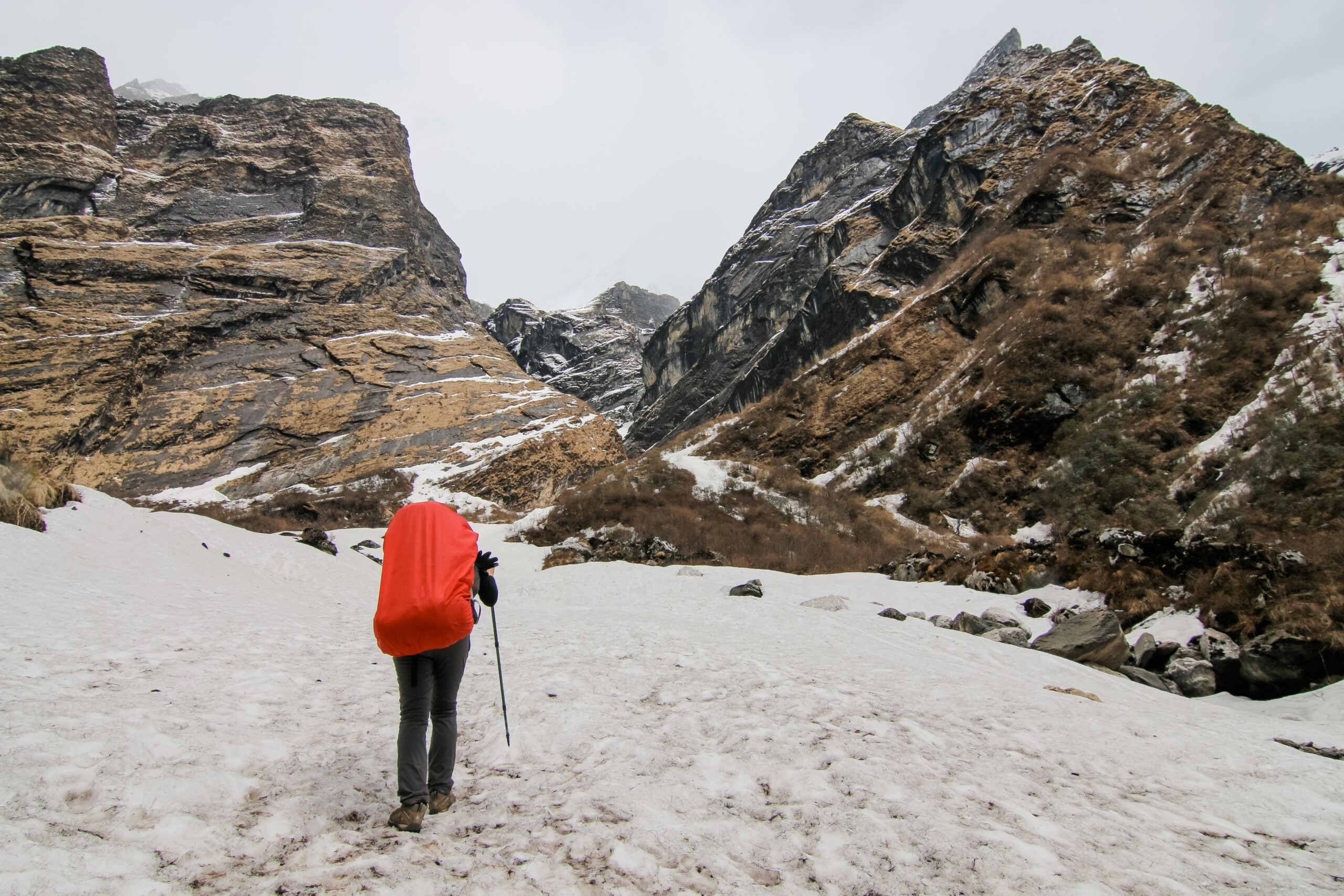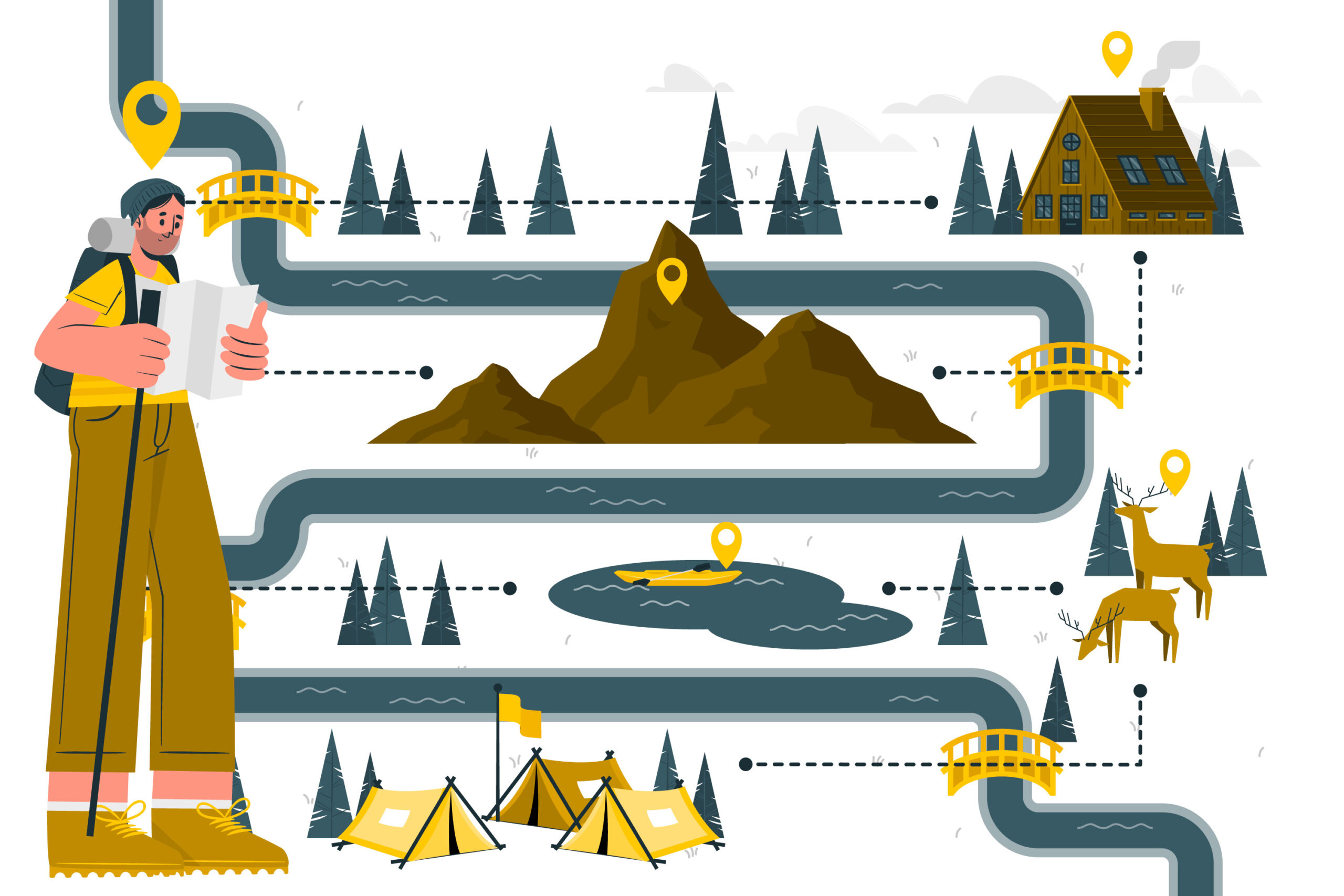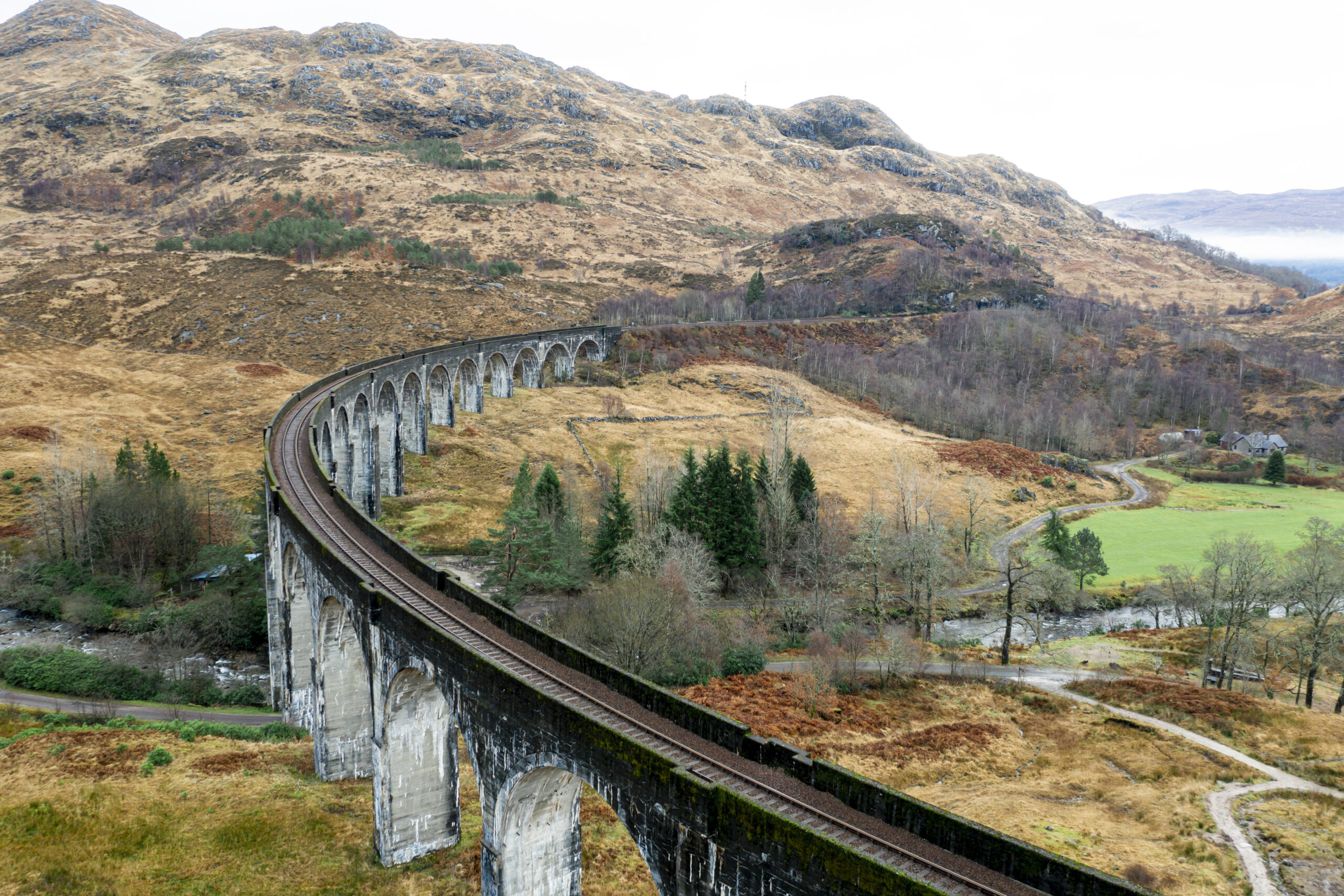Welcome to the magnificent world of Snowdon guided walks, where adventure and breathtaking landscapes combine to create unforgettable experiences. At 1,085 meters (3,560 feet), Snowdon (or Yr Wyddfa in Welsh) stands as the highest mountain in Wales and England, attracting over half a million visitors annually. Located in the heart of Snowdonia National Park, this majestic peak offers diverse routes catering to different experience levels, making it accessible yet challenging for walking enthusiasts.
Choosing guided walks up Snowdon provides numerous benefits beyond simply reaching the summit. Professional guides share rich knowledge of the mountain’s geology, wildlife, and cultural heritage while ensuring your safety throughout the journey. Whether you’re a novice hiker seeking your first mountain experience or an experienced walker looking to discover new perspectives, guided walks offer peace of mind and enhanced appreciation of this iconic Welsh landmark.
As we explore the various aspects of Snowdon’s walking experiences, you’ll discover everything needed to plan your perfect mountain adventure, from route selection to seasonal considerations and essential preparation tips.
Benefits of Choosing Guided Walks Up Snowdon
When planning your Snowdon adventure, opting for walks up Snowdon with professional guides offers significant advantages:
Safety and Expert Navigation
- Qualified mountain leaders familiar with changing weather conditions
- Reduced risk of getting lost, especially in poor visibility
- First aid-trained professionals for emergency situations
- Knowledge of seasonal hazards and how to avoid them
Educational Experience
- Learn about Snowdon’s unique alpine flora and fauna
- Discover the mountain’s rich geology and formation history
- Hear fascinating Welsh legends and cultural stories
- Gain insight into conservation efforts in Snowdonia National Park
Suitable for All Experience Levels
- Tailored pace according to group ability
- Technical support on challenging sections
- Confidence-building for novice mountaineers
- Route selection optimized for group capabilities
Professional guides can transform a standard hike into an immersive journey, pointing out features you might otherwise miss while ensuring you navigate the mountain safely. Many visitors find that guided walks up Snowdon provide excellent value by combining physical challenge with cultural and natural history education.
Now that you understand the benefits of guided experiences, let’s explore the various routes available for walking Snowdon and their difficulty levels.
Snowdon Walks in Order of Difficulty
Understanding the varying challenge levels of Snowdon walks in order of difficulty helps you select the most appropriate route for your fitness and experience:
Beginner-Friendly Routes
Llanberis Path
- Longest but most gradual ascent (9 miles round trip)
- Follows the Snowdon Mountain Railway track
- Clear path with refreshment opportunities en route
- Popular with first-time walkers and families
Miners’ Track
- Relatively gentle start with dramatic mountain views
- Historical mining features along the route
- 8 miles round trip with some steeper sections near the top
- Beautiful lakes including Llyn Llydaw
Moderate Difficulty
Pyg Track
- Shorter but steeper than Llanberis (7 miles round trip)
- Spectacular views of Snowdon Horseshoe
- Some rocky terrain requiring basic scrambling skills
- Often combined with Miners’ Track for a circular route
Snowdon Ranger Path
- Quieter route with varied landscapes
- 8 miles round trip with steady incline
- Named after the first Snowdon guide, John Morton
- Excellent views of neighboring peaks
Challenging Routes
Rhyd Ddu Path
- Quieter, more exposed ridge sections
- 8.5 miles round trip with narrower paths
- Panoramic views across Moel Hebog and Nantlle Ridge
- Requires good navigation skills in poor weather
Watkin Path
- Greatest ascent from near sea level
- 8 miles round trip with challenging upper section
- Beautiful waterfalls and varied terrain
- Steep scree slope near the summit
Expert Level
Crib Goch
- Exposed knife-edge ridge requiring scrambling
- Not a path but a Grade 1 scramble/climbing route
- Should only be attempted with proper experience or guides
- Dangerous in poor weather or high winds
Most snowdon guided walks operators offer experiences on multiple routes, matching their selection to your experience level and the current weather conditions. The diversity of paths means there’s a suitable challenge for everyone, from families with children to experienced mountaineers.
Next, we’ll explore how to navigate these routes using maps and modern technology.
Understanding Your Snowdon Walks Map
Navigating Snowdon successfully requires proper orientation tools, with a Snowdon walks map being the most essential item in your backpack. While guided walks provide expert navigation, understanding your map enhances your mountain experience and safety.
Essential Mapping Resources
- Ordnance Survey Explorer OL17 (1:25,000 scale) – The most detailed map covering Snowdon
- Harvey Mountain Map for Snowdon (1:40,000 scale) – Waterproof and tear-resistant
- Digital mapping apps like OS Maps, ViewRanger, or AllTrails with downloadable offline routes
- Custom guided walk maps provided by tour operators
Understanding how to read contour lines on your map is particularly important on Snowdon, as they indicate steepness and terrain features. Closely spaced contour lines signify steep sections, while widely spaced lines indicate gentler slopes. Most walks around Snowdon are well-marked, but visibility can deteriorate rapidly with changing weather.
Navigation Tips for Snowdon
- Always carry a physical map even if using digital tools
- Learn basic compass skills before your walk
- Identify key landmarks and checkpoints on your route
- Note escape routes in case of emergency
- Track your progress regularly against map features
- Consider downloading GPS coordinates for key waypoints
Professional guides on guided walks up Snowdon excel at navigation in all conditions, including fog and darkness when necessary. They’ll often share navigation tips and point out how features on your map correspond to the landscape around you, enhancing your own mountain skills.
With mapping knowledge in hand, let’s explore what to expect from professional guided experiences on Snowdon.
Professional Guided Walks Up Snowdon: What to Expect
When joining guided walks up Snowdon, your experience will be significantly enhanced by professional leadership. Here’s what typically happens when booking with a reputable guide service:
Before Your Walk
- Pre-booking consultation to assess fitness and experience
- Detailed itinerary and equipment lists provided
- Weather forecasts monitored and plans adjusted accordingly
- Meeting point and timing confirmation
During Your Guided Experience
- Safety briefing and equipment check before departure
- Group size typically limited to 8-12 people per guide
- Regular breaks for rest, hydration, and photo opportunities
- Educational commentary about landmarks, flora, and history
- Technical support on challenging sections
- Pace adjusted to accommodate all group members
Professional guides for snowdon guided walks are typically qualified Mountain Leaders with extensive local knowledge and first aid training. Many have fascinating backgrounds in geology, ecology, or local history, adding rich context to your journey. Some specialized tours focus on photography, wildlife spotting, or Welsh cultural heritage.
Typical Guided Walk Packages
| Experience Type | Duration | Suitable For | Typical Cost |
| Sunrise/Sunset | 7-8 hours | Intermediate | £45-65 per person |
| Family-Friendly | 5-6 hours | Beginners | £35-50 per person |
| Winter Skills | 8-9 hours | Experienced | £70-90 per person |
| Private Guide | Flexible | Any level | £180-250 per day |
Most guided experiences include brief stops at significant viewpoints, with longer rests for lunch. The summit provides an opportunity to celebrate your achievement, with guides often sharing interesting facts about the panoramic views across Wales, England, Ireland, and the Isle of Man on clear days.
Looking beyond Snowdon itself, the surrounding area offers numerous additional walking opportunities worth exploring.
Exploring Walks Near Snowdon and Around the Area
While the main peak attracts most attention, numerous walks near Snowdon offer equally stunning experiences with fewer crowds. These alternative routes provide excellent options for acclimatization before tackling the main summit or for extending your Snowdonia experience.
Circular Routes Around the Base
- Moel Eilio Circuit – A 7-mile circular walk with panoramic views of Snowdon from a different perspective
- Llyn Idwal Walk – A 3-mile gentle route around a spectacular glacial lake
- Nant Gwynant Valley – Beautiful woodland and lakeside paths below Snowdon’s southern slopes
Neighboring Peaks Worth Exploring
- Moel Siabod (872m) – Offers one of the best views of Snowdon itself
- The Glyders (Glyder Fawr 1,001m and Glyder Fach 994m) – Famous for dramatic rock formations
- Y Lliwedd (898m) – Part of the Snowdon Horseshoe with imposing cliffs
- Cnicht (689m) – Known as the “Welsh Matterhorn” for its distinctive profile
Many walks around Snowdon can be combined with village visits, giving you a taste of local Welsh culture and cuisine. The charming villages of Beddgelert, Llanberis, and Betws-y-Coed all offer excellent starting points for walks along with traditional pubs and cafes for post-hike refreshments.
Family-Friendly Options
- Llyn Padarn Circular – Flat 5-mile route around a scenic lake
- Gelert’s Grave Path – Short historical walk with legendary connections
- Swallow Falls – Easy access to impressive waterfalls near Betws-y-Coed
- Lon Gwyrfai – Purpose-built 4.5-mile trail between Rhyd Ddu and Beddgelert
Local guides often recommend these alternative walks near Snowdon for days when the main peak is shrouded in cloud or when seeking a more peaceful experience away from the busier routes. Each season brings different highlights to the Snowdonia landscape, which we’ll explore next.
Seasonal Considerations for Your Snowdon Adventure
The experience of Snowdon guided walks varies dramatically throughout the year, with each season offering distinct challenges and rewards. Understanding these seasonal variations helps you plan the optimal time for your visit.
Spring (April-May)
- Awakening landscape with wildflowers and nesting birds
- Gradually improving weather but still changeable
- Fewer crowds than summer months
- Potential for lingering snow patches on higher ground
- Longer daylight hours than winter
Summer (June-August)
- Peak season with busiest trails and fullest car parks
- Longest daylight hours for extended walks
- Warmest temperatures (though still cool at summit)
- Best chance of clear summit views
- Most facilities and mountain railway operating at full capacity
Autumn (September-October)
- Spectacular colors as bracken and trees change hue
- Decreasing crowds after school holidays
- Crisp, clear days possible but increasing chance of mist
- Cooler temperatures requiring additional layers
- Early sunset requiring careful timing for longer routes
Winter (November-March)
- Challenging conditions requiring specialized equipment
- Snow and ice transforming the landscape dramatically
- Shortest daylight hours limiting walking time
- Fewest visitors and sense of true wilderness
- Some facilities closed, including the summit building in winter
For walks up Snowdon in winter, specialized guides with winter mountaineering qualifications are essential unless you have relevant experience. Winter equipment including ice axe, crampons, and additional emergency gear becomes necessary when snow and ice are present.
Many of Snowdon’s paths become serious mountaineering routes in winter conditions, with significantly increased risks. However, the reward is a truly alpine experience and spectacular snow-covered landscapes rarely seen by summer visitors.
Beyond recreational walking, Snowdon also hosts numerous organized charity events throughout the year.
Participating in Snowdon Charity Walks
Throughout the year, Snowdon’s paths host numerous Snowdon charity walks, combining physical achievement with fundraising for worthy causes. These organized events range from small group challenges to major annual fundraisers attracting hundreds of participants.
Popular Charity Events
- Snowdon Moonlight Walk – Night-time ascent raising funds for hospice care
- National Three Peaks Challenge – Climbing the highest mountains in Scotland, England and Wales (including Snowdon) within 24 hours
- Snowdonia 24 – Team challenge to complete as many Snowdonia peaks as possible in 24 hours
- Snowdon Sunrise – Early morning climbs supporting various charities
Benefits of Joining Organized Charity Events
- Professional organization with safety cover
- Motivation of walking with a shared purpose
- Support team with checkpoints and refreshments
- Commemorative certificates or medals
- Pre-planned routes and logistics
- Potential for group fundraising and team building
Many guided walks up Snowdon operators offer special rates for charity events or can arrange bespoke challenges for corporate or community groups. These events typically take place on the more accessible routes like the Llanberis Path or Miners’ Track, though some challenge events use multiple paths simultaneously.
When participating in organized charity events, respect for the mountain environment remains essential. The best events limit numbers to reduce path erosion and ensure all participants understand proper mountain etiquette, including taking litter home and respecting wildlife and other walkers.
Whether joining an organized charity event or planning your own challenge, proper preparation is crucial for a safe and enjoyable Snowdon experience.
Essential Preparation for Snowdon Walks
Proper preparation significantly enhances your experience on Mount Snowdon walks, regardless of whether you’re joining guided tours or exploring independently. Follow these essential guidelines to ensure a safe and enjoyable adventure:
Physical Preparation
- Build fitness gradually with regular hill walking before attempting Snowdon
- Practice on smaller hills to test equipment and build stamina
- Include both cardio exercise and leg strength training in your preparation
- Consider a “training hike” on lower slopes or walks near Snowdon before tackling the summit
- Allow sufficient recovery time between challenging walks
Essential Equipment
| Category | Summer Requirements | Winter Additions |
| Clothing | Waterproof jacket and pants, moisture-wicking layers, hat, gloves | Insulated jacket, extra mid-layers, warm hat, waterproof gloves |
| Footwear | Sturdy hiking boots with ankle support | Winter mountain boots compatible with crampons |
| Navigation | Map, compass, route description | Plus: GPS backup, spare batteries |
| Sustenance | Water (min. 2 liters), energy-rich snacks, emergency food | Plus: Thermos with hot drink, extra emergency rations |
| Safety | First aid kit, emergency whistle, fully charged phone | Plus: Emergency shelter, ice axe, crampons, emergency locator |
Planning Your Walk
- Check mountain weather forecasts specifically for Snowdonia
- Calculate realistic timings (average 7-8 hours for most round trips)
- Inform someone of your route and expected return time
- Plan for earlier start times than you might think necessary
- Research parking options and arrive early (especially in summer)
- Have contingency plans if weather deteriorates
Even with snowdon guided walks, personal preparation remains important. While guides provide expertise and safety supervision, each walker needs appropriate clothing, footwear, and personal items. Most guide services provide equipment lists and are happy to advise on specific preparation questions.
Remember that weather conditions can change rapidly on Snowdon, with clear skies turning to thick fog within minutes. Being prepared for changing conditions is essential, even on seemingly perfect days.
Conclusion – Your Snowdon Adventure Awaits
The experience of conquering Wales’ highest peak through Snowdon guided walks creates memories that last a lifetime. Whether you’re seeking physical challenge, natural beauty, cultural insights, or simply the satisfaction of standing at 1,085 meters with panoramic views across multiple countries, Snowdon offers something truly special.
The mountain’s accessibility makes it ideal for both first-time mountaineers and experienced hikers, with the variety of walks up Snowdon ensuring there’s a suitable route for every ability level. The professional guidance available transforms what could be simply a strenuous hike into an enriching experience, connecting you with the landscape’s natural and cultural significance.
Remember that Snowdon’s beauty extends beyond the main paths, with numerous walks around Snowdon offering equally rewarding experiences. Consider extending your stay in the area to explore the wider Snowdonia National Park, perhaps using the mountain railway for descent after one walk to conserve energy for further adventures.
Whether you’re planning a solo challenge, family adventure, charity fundraiser, or special celebration, Snowdon’s ancient slopes await your footsteps. With proper preparation, respect for the mountain environment, and perhaps the expertise of local guides, your Snowdon experience will stand among your most treasured outdoor memories.
We invite you to explore our related resources on hiking equipment essentials and accommodation near Snowdonia National Park to further enhance your visit to this magnificent Welsh landmark.


